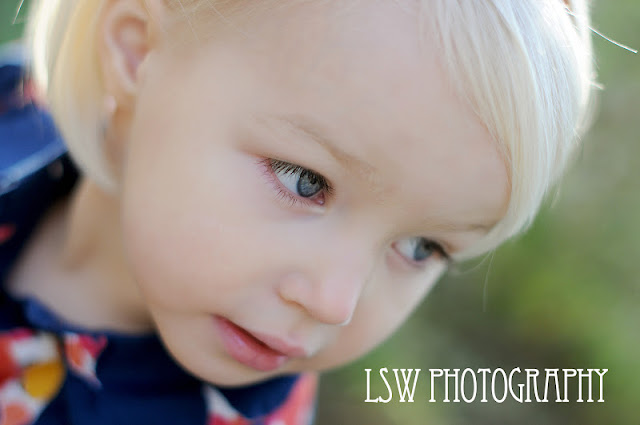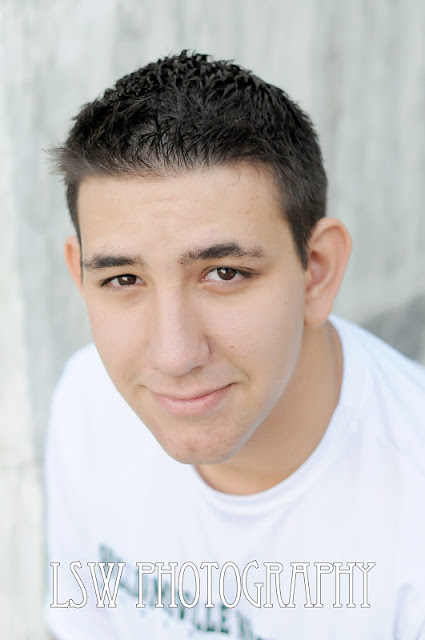Let me start by saying that writing is a major weak spot for me. It is something I yearn to be better at so I'll look at this new challenge of sharing the photography "luv" as an opportunity to practice those basic skills of punctuation and spelling. If your hoping for anything more than that in the form of creatively composed instruction, I hope your not disappointed. If any of you consider yourselves to be skilled proofreaders I'm open to critiques on my sentence structure! Melissa if your reading this I'm talking to you!!! Now that I have that out of the way. Heather you asked........
Q: What's the best camera for the best value for high quality pictures.
A: No I'm sorry I can't tell you what the BEST camera is, but I can tell you what to look for and what to avoid.
The first thing you have to ask yourself is are you buying the camera so that IT can take the best picture or are you buying a camera that will enable YOU to take the best picture? A photographer who really understands light and composition can take a great picture with any camera. You are however extremely limited if you can't control the ISO, shutter speed, and Aperture. Another major tool is being able to change your lens depending on the situation. This kind of flexibility is really only found in a DSLR. If your not financially able to make that purchase you can find a point and shoot that will let you change your ISO and make adjustments comparable to changing the shutter speed and aperture. If your going with a point and shoot make sure you will have the ability to turn off the flash and also be able to force it to fire when it usually wouldnt. My canon powershot (point and shoot) has a really easy to use button that allows me to control the flash. I love that I don't have to find it in a menu because that takes time that you dont usually have when your trying to catch the perfect shot. These are all words that might be scary but with practice these tools will completely change your photography.
The shortened version of the answer is this.
1.READ CUSTOMER REVIEWS!
2.Look for something that offers you the ability to force the flash, change the ISO, shutter speed, Aperture and also has an automatic easy to use setting (usually a friendly green square on a dial:)
3. If you can afford it and are serious about learning the art go with a DSLR
4. If your going with a DSLR Canon and Nikon are extremely experienced in the industry and create really quality cameras. They both offer a lot of growth with there lenses.
This last one leads me into what I use and why.
My first camera was a film Canon SLR in the year 2002!
In 2005 I upgraded to the Nikon D50 camera body and the kit lens it came with.
It was a 6 megapixel camera but I was still able to really learn on it and improve.
I outgrew it and in 2009 I started using the Nikon D300S and I use a 50mm 1.4 lens at this point it's the only lens I own but plan on adding a few more to give me more flexibility when it comes to focal length. Lenses are EXPENSIVE and addicting, so it is one of the last things you need to worry about if your just getting started.
The shortened version of what I use and why is this.
I love love love Nikon I love their cameras and I really love their lenses. Buuuuut I know some really great photographers who are way better than me who use Canon. So do your research and find your best fit!


+002.jpg)
+002+(2).jpg)
.jpg)
.jpg)

.jpg)








_2.jpg)





.jpg)
.jpg)
.jpg)
.jpg)

.jpg)
.jpg)

.jpg)















.jpg)
.jpg)
.jpg)
.jpg)
.jpg)
.jpg)
.jpg)
.jpg)
.jpg)
.jpg)





.jpg)




